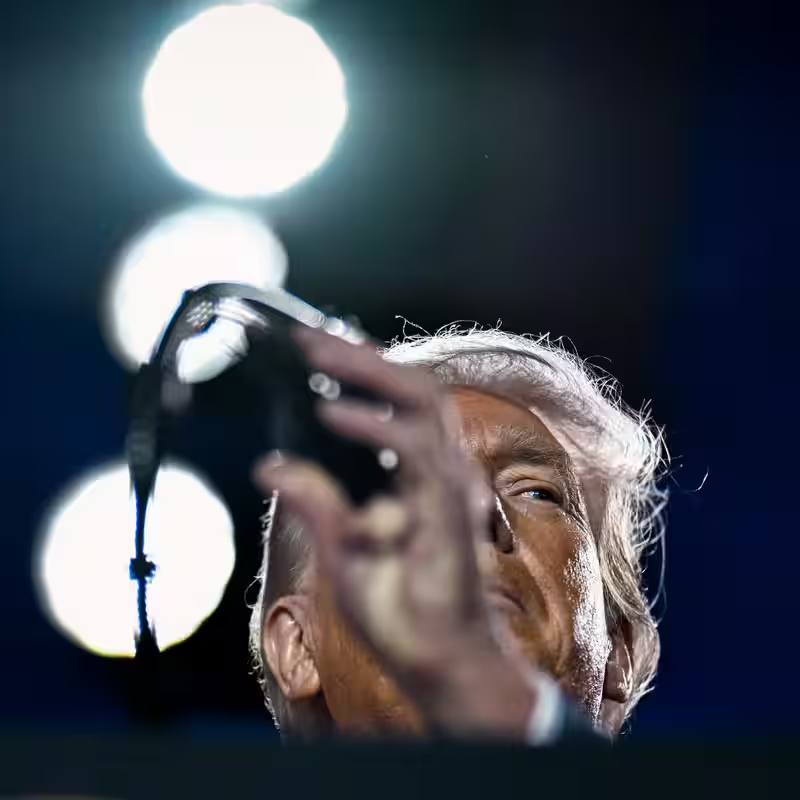Table of Contents
- Why Covering Trump Is Like Reporting on a Force of Nature
- What Readers Really Want to Know
- The Media’s Tightrope: Ignoring vs. Amplifying
- How Trump’s America Is Reshaping Alliances
- Decades of Presidents—And Why This One’s Different
- Sources
Why Covering Trump Is Like Reporting on a Force of Nature
“He keeps us busy—no question about it.” That’s how Peter Baker, The New York Times’ chief White House correspondent and a veteran of six presidential administrations, describes covering Donald J. Trump during his second term.
In a recent Q&A with readers, Baker offered rare behind-the-scenes insight into how journalists navigate the whirlwind of a Trump presidency—one defined not just by policy shifts, but by the deliberate destabilization of norms, alliances, and even truth itself.
What Readers Really Want to Know
Readers from Dublin to Dubai sent in questions that cut to the heart of modern political journalism. One asked: “Does covering Trump extensively just play into his hands by giving him the attention he craves?”
Baker didn’t dodge the issue. “In Washington, it’s called ‘flooding the zone,’” he explained. “There’s a natural instinct to cover actions over words—but a president’s words carry real power. They reveal intent. Sometimes, they become actions.”
He emphasized that the goal isn’t to amplify noise, but to decode signal: “We try to focus on comments that show where he’s taking the country—not just what he’s yelling about on a given Tuesday.”
The Media’s Tightrope: Ignoring vs. Amplifying
This balancing act defines modern political reporting. Ignore Trump, and you miss seismic shifts in foreign policy or democratic norms. Cover every tweet, and you risk normalizing chaos.
“Ignoring him isn’t responsible journalism,” Baker said. “But we have to be surgical—ask: What does this mean for NATO? For the rule of law? For ordinary Americans?”
That discipline, he noted, is what separates news from spectacle.
How Trump’s America Is Reshaping Alliances
Baker, who spent four years as a Moscow correspondent during Vladimir Putin’s rise, sees alarming parallels—and divergences—in today’s global order.
“Old certainties are crumbling,” he observed. “Enemies are suddenly friends. Allies are anxious. The U.S. isn’t just changing tactics—it’s questioning the very architecture of post-WWII diplomacy.”
From pressuring NATO members on defense spending to cozying up to autocrats while sidelining traditional partners like Germany and Canada, Trump’s second term has accelerated a realignment that leaves diplomats scrambling.
“It’s not just unpredictability,” Baker added. “It’s a coherent—if deeply controversial—vision: America First, alliances optional.”
Decades of Presidents—And Why This One’s Different
Having covered presidents from Bill Clinton to Joe Biden, Baker was asked whether U.S. politics has genuinely deteriorated—or if it just feels that way.
“There’s been a shift in temperament,” he acknowledged. “Earlier presidents, even in fierce partisan battles, operated within shared assumptions about democracy, institutions, and truth. Trump treats those as negotiable.”
That, Baker argues, is the core challenge for journalists: reporting on a leader who doesn’t just break rules—but denies they exist.
“Our job isn’t to moralize,” he said. “It’s to document, verify, and contextualize—so citizens can decide for themselves.”
And in an era where chocolate factories in Dubai and missile strikes in Gaza can both become part of the same presidential narrative, that clarity has never been more vital.




